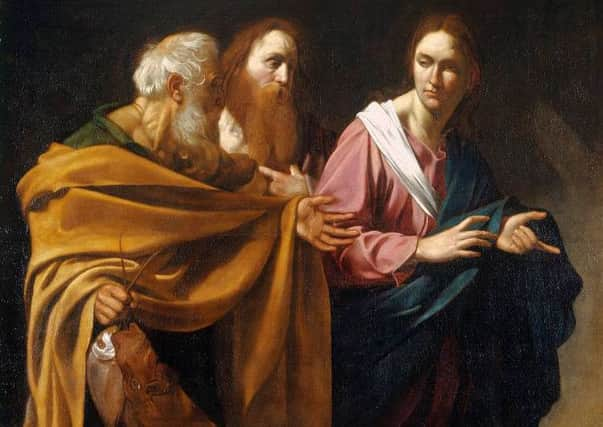Eight Facts about Saint Andrew


Not just the patron of Scotland
The saint also lends his support to Greece, Russia, Amalfi in Italy, and Barbados. Like many other saints, he is also a patron of specialised areas including singers, spinsters and maidens and fishmongers. Saint Andrew is also the patron saint of the Order of the Thistle, one of the highest ranks of chivalry in the world, second only to the Order of the Garter.
First disciple
Andrew was a fisherman, along with his brother Simon Peter. He is considered the first apostle of Jesus Christ, being Baptised by John the Baptist. His name means ‘strong’.
His death was gruesome
Advertisement
Hide AdAdvertisement
Hide AdAfter Jesus was crucified, it is believed that Andrew went to Greece to spread the word. When he was captured and crucified, Andrew was tied to his cross, in an ‘x’ shape instead of the regular cross, and left to die. He would still preach the word of Christ up until his death, where it is reported he slowly went insane on his cross.
St Andrew’s brother was St Peter
Being the brother of St Peter had its perks. As the founder of the Catholic church, Scottish people petitioned the Pope in 1320 to help protect them against the English Kings’ attempt to take control of the nation. Having St Andrew as their patron went a long way with the Pope, who agreed to help.
He was never in Scotland - alive
Born in Bethsaida, in Galilee, which is now modern day Israel. His remains were moved 300 years after his death to Constantinople, now Istanbul, by the Emperor Constantine. While he was generally favoured in Scotland from around 1,000 AD, he didn’t become its official patron saint until the signing of the Declaration of Arbroath in 1320.
Saint Andrew is buried in Italy
The remains of the saint are at rest in Almafi, Italy, where they have lain since 1210, when they were stolen from Constantinople, their original resting place.
Some of his remains were in St Andrews
Relics of Saint Andrew, including a tooth, kneecap, arm and finger bone, meant the town of St Andrews became a popular medieval pilgrimage site up until the 16th century, when all catholic relics were destroyed in the Scottish Reformation. In 1870, the Archbishop of Amalfi sent an apparent piece of the saint’s shoulder blade to Scotland, where it has since been stored in St Mary’s Cathedral in Edinburgh.
St Andrews has no apostrophe
While the Fife town was named after its patron saint, the town name has no apostrophes because they weren’t yet invented in the English language.